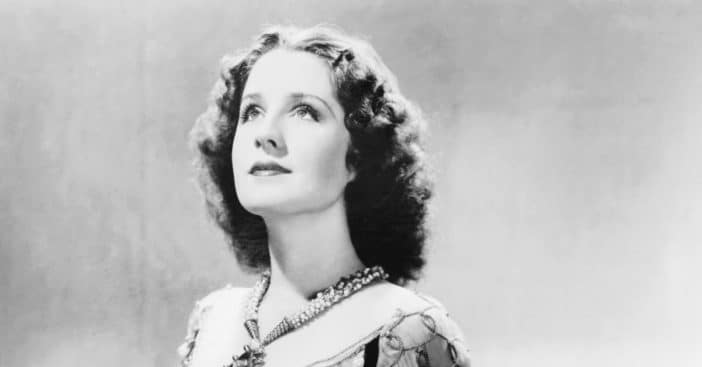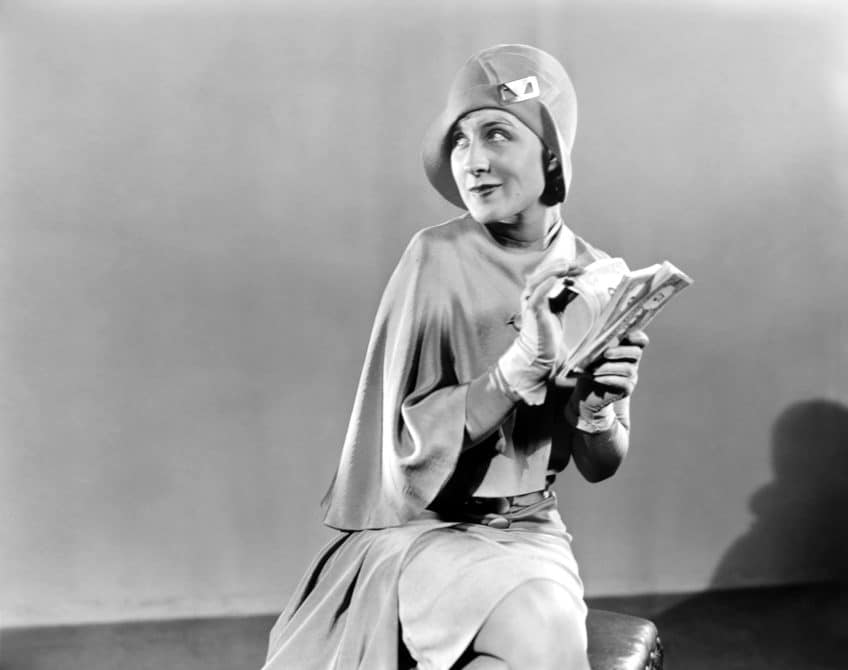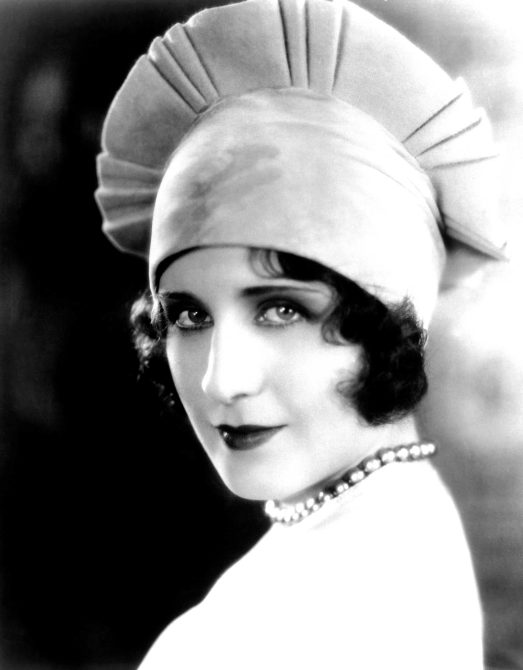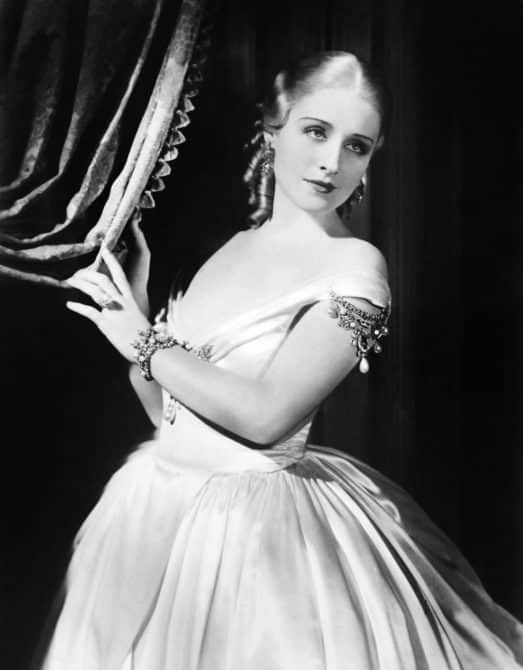
Actress Norma Shearer, known for playing the spunky, sexually liberated ingénue, was a movie sensation over the course of a career that spanned from 1919 to 1942. She was born in 1902 to Andrew and Edith Shearer, who gave her a pretty comfortable upbringing due to their successful endeavors, though their marriage was tumultuous.
Norma grew up an ambitious young girl passionate about music and acting before her 10th birthday. Her mother, though supportive, was concerned about her daughter’s physical flaws ruining her chances as a performer, but this did not stop Norma from becoming what she is now known for.
For Norma, it was acting or nothing

Everything changed when Norma attended a vaudeville show for her ninth birthday. Inspired by what she witnessed, little Norma confidently announced that she would be an actress. Edith doubted Norma’s success as an actress due to features like her “dumpy figure, with shoulders too broad, legs too sturdy, hands too blunt,” and her crossed eye.
RELATED: Princess Catherine Wants Her Kids To Have All Normal Experiences—Except McDonald’s
After the second world war, the Shearers experienced a financial downturn, resulting in Andrew having to sell his company. Worse still, Norma’s sister Athole developed a mental problem. Edith left with her daughters, selling Norma’s piano to get three train tickets to New York, leading to the start of Norma’s acting career.
Norma never backed down despite disappointments
Edith took her girls to see Florenz Ziegfeld with a letter of introduction for Norma in her pocket. Sadly, Norma was turned down condescendingly by Florenz, who called her a “dog” and shamed her physical abnormalities — but this did not deter Norma. She tried again alongside her sister for a minor part that required attractive women. Using her wits, she landed the role and made the most of it.

Norma took the opportunity, while playing an extra, to meet blockbuster director D.W. Griffith, telling him about her ambitions. She was yet again disappointed and shamed for her cross-eye. “You’ll never make it,” Griffith told her. The resilient young actress sought a doctor – William Bates, a pioneer in the treatment of strabismus — to treat her eye condition while working on poses to hide her physical flaws.
Norma would study the poses of actresses like Katharine Cornell in action on the theater Balconies of Broadway to replicate later. She eventually played the role of Elizabeth Barrett that Cornell originated in 1934’s The Barretts of Wimpole Street. Norma also became a model and “Miss Lotta Miles” for Kelly-Springfield Tires to maintain financial demands. By now, she had a good career run and landed a six-month contract and a test for a leading role in a major film by Louis B. Mayer Pictures.
Norma’s marriages, affairs, and upgrade
Norma failed her first and second casting test woefully because she was “unphotogenic.” She started to date production’s top boss, producer Irving Thalberg and briefly had a fling with director Victor Fleming in between. She converted to Judaism to marry Thalberg — a union that gave her a say in castings, roles, and directions.

She got into trouble with some colleagues as she was snatching up roles due to her relationship with Thalberg. The couple married in 1927 and welcomed two children, Irving Jr. and Katherine, before Thalberg died in 1936. Her husband’s death necessitated her to take a break from work before returning to advance her craft even more, starring in Marie Antoinette, Jezebel, and other successful productions.
After Thalberg’s death, she had more affairs and, in 1942, married Martin Arrougé, who cared for her while she had Alzheimer’s disease in her later life. Norma’s grit and unusual determination made her a top name in Hollywood, with a spot on both the US and Canada’s Walk of Fame. She died of pneumonia in 1983 and was buried beside her first husband, who died of the exact causes she did.
